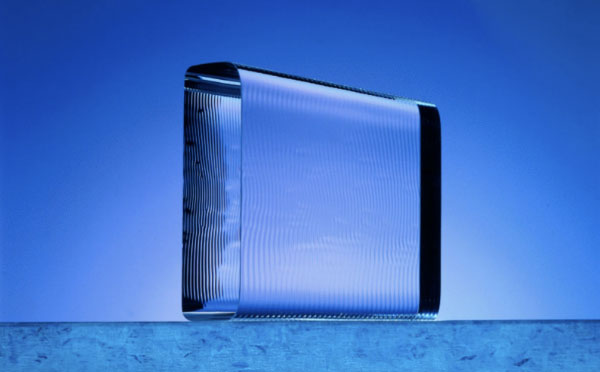dries1
Member
IMO I don't think there has been a significant change in overall performance in the last 10 years. I have handled many a premium glass made from 2000. By the way both the SF and NL are flat views like the SV or the EDG, just done a bit different.Reading this thread reminded me that just very recently the major binoculars manufactures, due to rush in competition started developing the binoculars that is overall optimized on all the critical features: FOV, Eye Relief, sharpness, color renditions, 3-D effect, Waterproof, etc....Step back 10 years, it was hard to find a binoculars that would overall optimized on all features: they were either short eye relief, narrow FOV (Leica, Votex...) or weird 2-D flat view (EL SV, EDGE,..) It's a long way to come up with recent products like NL Pure, SF x32.
Granted the FOV has increased and started with the SF in 8 and 10X42 a few years ago, and the EII which I enjoy has always had almost 9 degrees FOV. If anything, the ER has increased for the benefit of those who wear glasses.







